Kathleen Zellner announces huge Making a Murderer update
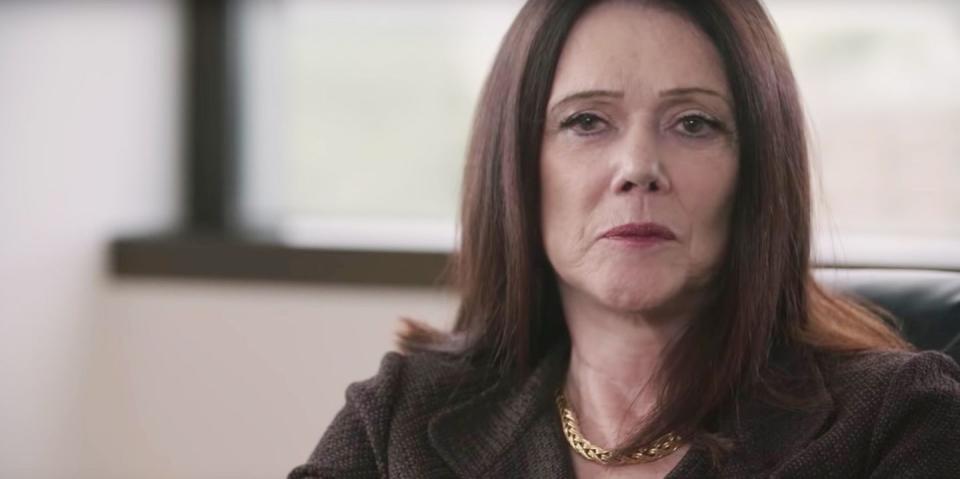
Note: This article contains spoilers for Making a Murderer Part 2.
Making a Murderer brought Kathleen Zellner into our lives, and it's safe to say that viewers (us included) are totally obsessed.
The kickass defence attorney has been representing Steven Avery since 2016, and Part 2 of the documentary series followed her every move as she worked towards appealing his 2007 conviction.
Zellner presented a ream of new Making a Murderer evidence in the show, also raising suspicion around Bobby Dassey (Brendan Dassey's brother) as one possible suspect.

Related: Has Bobby Dassey been arrested?
The final episode of Part 2 showed that Avery is still in prison, continuing to serve his life sentence for the 2005 murder of Teresa Halbach – but Zellner's journey in fighting for her client's freedom is only just beginning.
On December 16 (almost two months after Making a Murderer landed on Netflix), Avery's attorney revealed that she had a "new important development in the Avery case" to announce.
Tomorrow we will announce a new, important development in the Avery case about 2:30 pm CT. Stay tuned!!!!!!!!!!!!!!!!!!!!!!!!!!! @michellemalkin @lifeafterten @BBCWorld @TheTelegraph__ @guardian @Newsweek @TheStar_news @johnferak #MakingAMurderer2 #TruthWins #WreckingCrew
- Kathleen Zellner (@ZellnerLaw) December 16, 2018
In a follow-up tweet, she told her followers: "We are pleased to announce that one of the world's leading DNA experts, Dr. Richard Selden @drrichardselden, is willing to test the bones in the Manitowoc County Gravel Pit with new Rapid DNA ID..."
We are pleased to announce that one of the world's leading DNA experts, Dr. Richard Selden @drrichardselden, is willing to test the bones in the Manitowoc County Gravel Pit with new Rapid DNA ID. If this testing is allowed, we believe the bones will be Ms. Halbach's.
- Kathleen Zellner (@ZellnerLaw) December 17, 2018
Zellner later revealed that she had "just filed a motion this afternoon asking the Appellate Court to remand the case for this testing to take place."
According to further tweets, she "would expect to hear a response within a few days" of the filing, on the decision of whether or not the testing will be allowed by the court.
Motion filed w/Appellate Court for New DNA testing.
@lifeafterten @michellemalkin @Newsweek #ScienceRules #WreckingCrew #MakingAMurderer2 #NoStoneLeftUnturned pic.twitter.com/GvKNsnhpRE- Kathleen Zellner (@ZellnerLaw) December 17, 2018
A few weeks ago, Steven Avery's attorney revealed an alternative murder timeline, alleging what she believes happened to Teresa Halbach based on her own investigation into the case.
In a Twitter thread on November 15, Zellner laid it out all out in a series of events. Do strap in.
On the day the murder was believed to have been committed (October 31, 2005), a witness placed Scott Tadych, visiting Bobby Dassey, at the Avery salvage yard at "around noon" - this contradicts Tadych's story that he was in Green Bay visiting his mother at the hospital.

"After Teresa called the Dassey landline for directions, our suspect contacted her back with the Dassey address," Zellner said.
The defence lawyer then went on to explain that Teresa arrived on Avery's salvage yard "around 2.30–2.31pm" that same day, where "only Bobby and Steven saw her".
"After completing her photo assignment, [Teresa] left & turned West on Hwy 147 around 2.38pm Our suspect followed her. Steven was in his trailer," Zellner claimed.
Avery's attorney then claimed that her suspect got Halbach to pull over. "She opened her car's rear cargo door to retrieve her camera, was knocked to the ground and struck with an object," she alleged.

From here, according to this theory, Teresa "was put in the rear cargo area of the RAV4" and driven back to the Avery's salvage yard. Zellner added that the RAV4 "was spotted leaving" the yard "with an unknown driver" at 3.45pm by multiple witnesses.
The car was then "left by the old dam West of Mishicot" on the same day, where it was later spotted by three witnesses up until November 11 2005 – " then it was gone," she said. Zellner's investigation found that "the RAV4 battery died" so, she surmises, it was "replaced" in order to move it to the Avery yard – where the car was ultimately found in the search.
"A witness smelled horrible odor of something burning in Manitowoc County gravel pit" on the evening of October 31, according to her investigation.
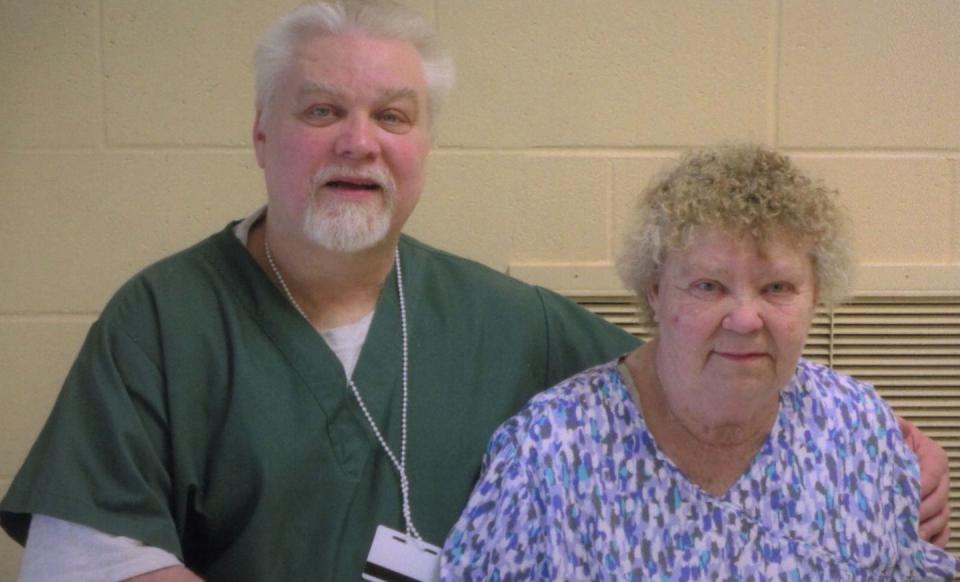
We now know that the Dassey's garage was "never luminoled or DNA tested" at the time, but Zellner has now hinted that a search for DNA evidence is now "in progress".
According to Zellner, "DNA lasts for years and blood is very difficult to clean up" so this could lead to some new discoveries.
What's more, Zellner claimed that Teresa's electronics "were not burned in Steven's burn barrel; they were burned in Dassey burn barrel." What's more, according to her, "nothing was burned in [Avery's] burn barrel" because "tin cans and vegetation" were found to be present. A witness "saw fire in Dassey burn barrel".
And now, back to the idea of blood planting. In Part 2 of the documentary, Kathleen and her experts punctured some massive holes in the prosecution's theory as to how Steven Avery's blood came to be in Teresa's car. She also presented her own theory in the new episodes - that it was planted from blood in Avery's bathroom sink.

Now, she adds that "only our suspect knew the blood in the sink was Steven's and not Teresa's", something that, she has concluded, "rules out the police" as the ones to have done the planting.
"Suspect planted blood in RAV4, bones in Steven's burn pit, and [Teresa's] electronics in Steven's burn barrel," Zellner said, before concluding: "The killer is the person who had the access and opportunity to plant Steven Avery's fresh blood in Teresa Halbach's car."
According to Zellner's latest findings, "60% of bones and 31 teeth" were missing. It is Zellner's belief that the rest of the body was "disposed of at the smelter" where "Tadych worked the night shift", and she's interviewed witnesses to that effect.
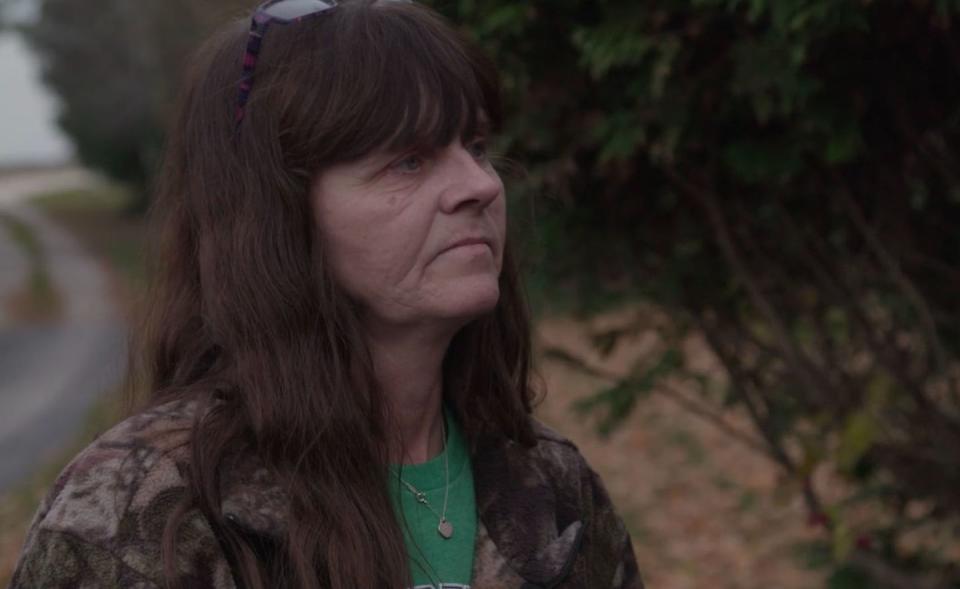
During a phone call featured in the documentary, Barb and her husband Scott both denied any involvement. Bobby, who was never treated as a suspect in the 2005 murder of Teresa Halbach, has also asserted his innocence.
Off the back of the popular Netflix series, Kathleen Zellner had already been sharing some other big updates with fans over on Twitter, and here are the biggest revelations to come from her first Q&A.
1. Is Kathleen Zellner still being filmed by the Making a Murderer directors?
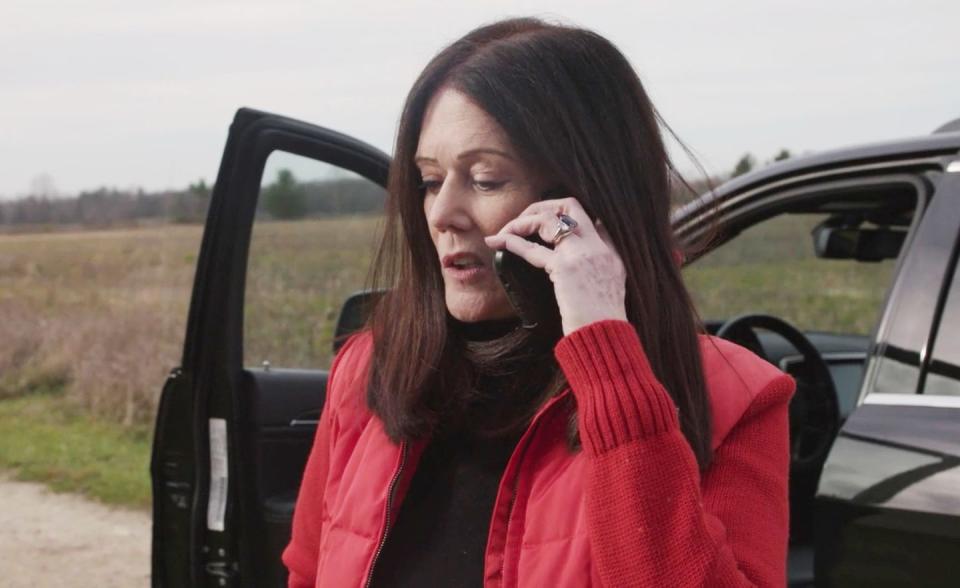
No.
While filmmakers Laura Ricciardi and Moira Demos have spoken in favour of a Making a Murderer 3, Kathleen has confirmed that (as of time of writing) they're not currently documenting her movements.
However, with her own law firm, we know that she's likely to have a whole load of other cases to be getting on with as well. So perhaps they're simply waiting for a breakthrough in Avery's case before getting out the cameras again...
2. Why is Steven Avery still in prison?
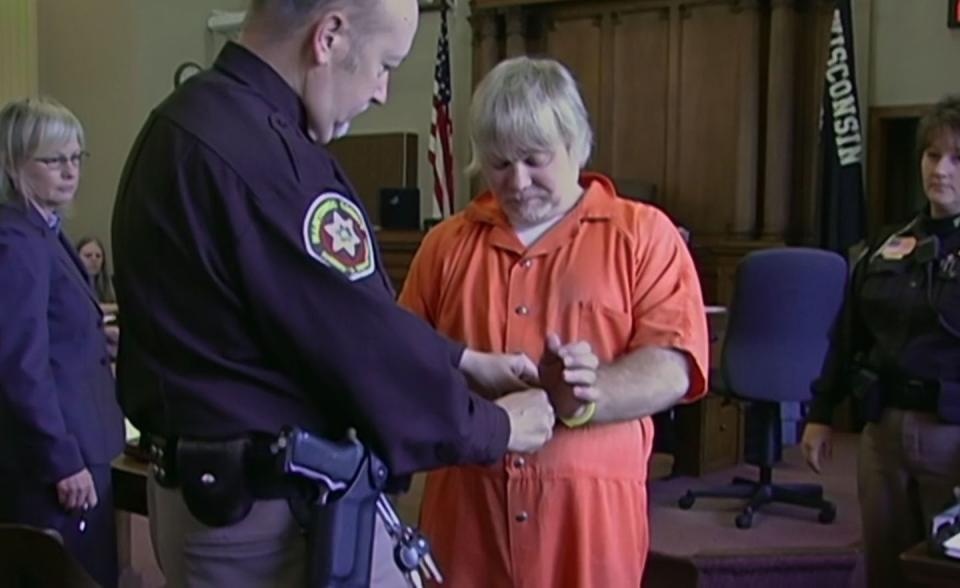
This is a very complicated question, and one that doesn't have just one answer.
As we laid out in our review of Making a Murderer Part 2, this has an awful lot to do with the bigger picture surrounding the functionality of the US justice system – a theme that is explored particularly cleverly in the second instalment of the Netflix hit.
But now Kathleen has shared some new thoughts on the situation. On October 25, she wrote: "Wisconsin's AG [Attorney General] Schimel knows if SA [Steven Avery] were given a new trial he would win [because] he would have scientific experts...
"[He] would use the evidence Kratz concealed. Fighting us every step to keep 2 innocent men locked up."
3. What's next for Steven Avery's appeal?

His attorney has widely shared that she believes Avery to be at the "beginning" of his fight for freedom, not the end – despite the fact that, in episode 10, we saw his request for a retrial being denied by Judge Angela Sutkiewicz.
Since the release of MaM 2, Zellner has revealed that their appellate brief is due on December 20. For those unsure of the legal terminology, this is a document submitted to an appeals court, by a lawyer, containing all the legal arguments as to why their client should win the case.
"We have multiple opportunities to overturn this wrongful conviction," Kathleen said.
4. If this appellate brief fails, what's the next step?

Zellner has revealed that the road will not end there; it will simply be a speed bump.
"We'd appeal that decision to the Wisconsin Supreme Court," she tweeted on October 23. "If we've developed new evidence, we'd re-file at the trial court level in Wisconsin."
Zellner then went on to explain why she would be reluctant to follow a certain path in the judicial system. "AEDPA is a big deterrent to filing in federal court as you can see given the outcome of the Dassey case," she added.
We've detailed exactly what AEDPA is, and the impact it has had on the appeals process in the US, in our handy Making a Murderer glossary.
5. Would Steven Avery ever take an Alford plea?

This was a big theme of The Staircase documentary series, which saw its subject Michael Peterson taking the plea rather than going through another trial.
An Alford plea means that a defendant does not actually admit guilt, but still pleads guilty, in the acknowledgement that the evidence is substantial enough for a conviction (whatever the truth may be).
"I'm opposed to the Alford plea in cases such as this when there is no pressure from a death penalty conviction," Avery's lawyer said.
She followed up with another tweet a few days later, which further explained: "No matter what may be offered, a plea deal, a shortened sentence, an Alford plea SA [Steven Avery] will never ever accept anything other than a complete exoneration. Innocence is not negotiable."
6. What's going to happen to Sergeant Colborn and those involved in prosecuting Avery?
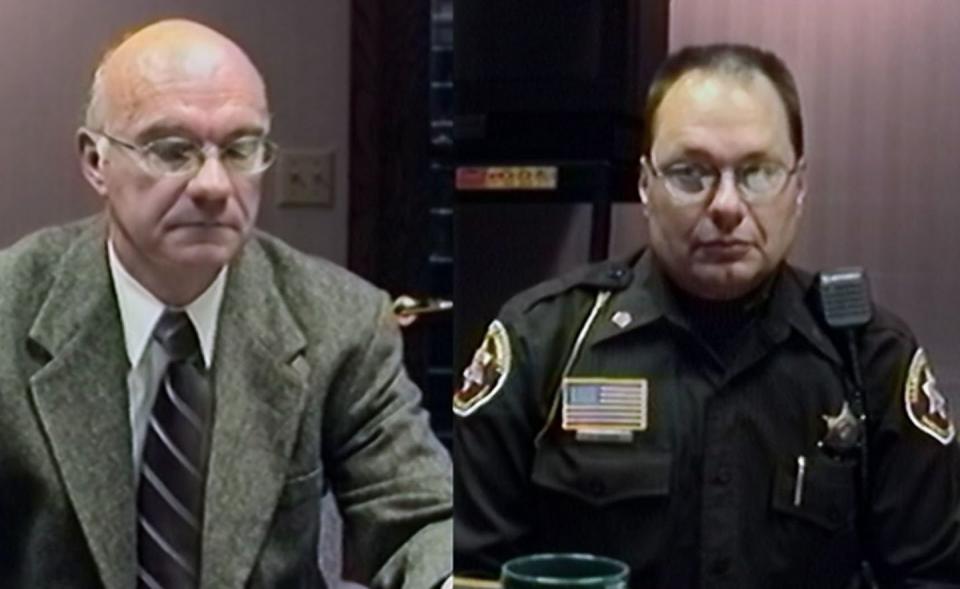
Lenk, Fassbender, Kratz... There's a list of justice system employees who many believe might have hindered justice for Avery and his nephew.
Sergeant Colborn seems to have raised the most questions, what with the mysterious phone call identifying Teresa Halbach's car and the fact that some of the key evidence in Avery's trailer was discovered on his watch.
Related: Making a Murderer director Laura Ricciardi reveals what they weren't allowed to film
But will he ever face any kind of investigation? According to Zellner, that could be part of the plan a little later down the road – but it's not a possibility right now.
"Until we are successful in overturning Avery's conviction, we cannot proceed with a civil rights case against any of the bad actors," she explained. "Once the conviction if overturned [sic], we will definitely proceed against Sgt. Colborn in a civil rights question."
Andrew Colburn denies all allegations of tampering and is suing the filmmakers for defamation.
“Neither plaintiff nor any other law enforcement officer planted evidence or in any other way attempted to frame Avery or Dassey for Halbach’s murder,” the lawsuit states, according to The Wrap.
7. Kathleen Zellner said that *someone* admitted Steven Avery's innocence to her
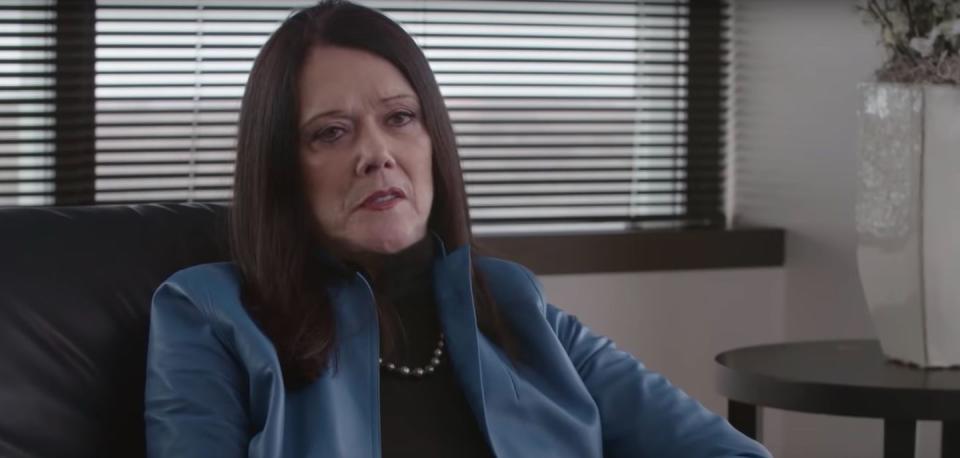
The defence attorney alleges that someone, somewhere, presumably involved in the case, 'came clean' to her claiming that Avery is, in fact, innocent.
Interesting...
8. Halbach's RAV4 was checked for fingerprints

And, according to Zellner, Avery's prints were not found.
"There were eight sets of latent prints that were unidentified," she tweeted. "However, the prints ruled out Steven and Brendan."
By now we should all be aware that Avery's blood was found in the vehicle – the prosecution argued that this came from an open cut on his finger (therefore ruling out the idea that he might have worn gloves), and the defence claimed the blood was planted.
This begs the question: how was his blood there, but not his fingerprints?
9. There's other evidence pointing at Bobby Dassey as a Denny suspect
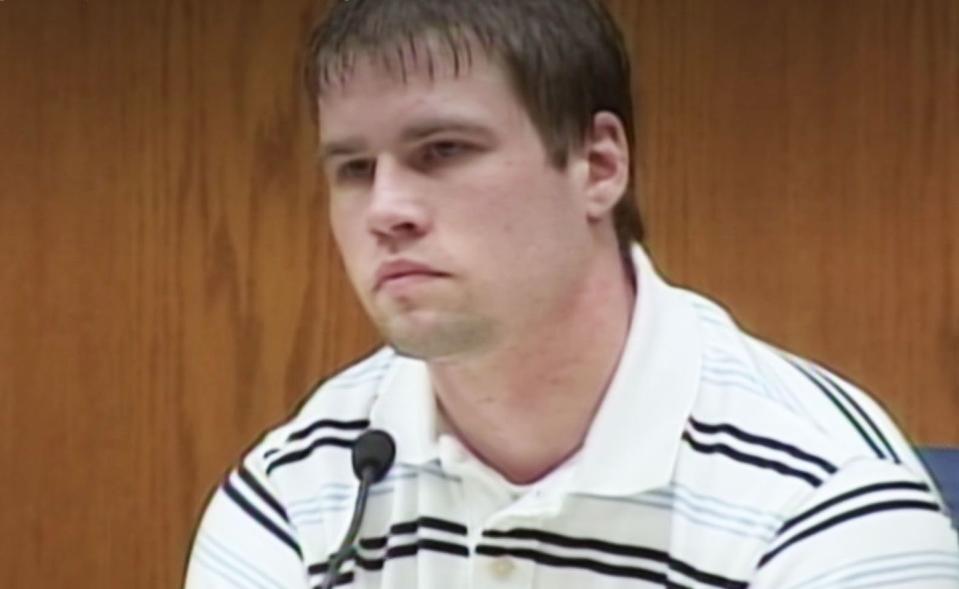
As if lying at trial and the horrific contents of Dassey's computer weren't enough, Zellner has now revealed that cellphone records undermine his story that he went hunting on the afternoon of Teresa's murder.
Related: Has Bobby Dassey been arrested? Here's what happened after Making a Murderer Part 2
"We have been able to determine his location through cellphone pings, and he was not at the location he claimed to be," Zellner said.
What's more, she also revealed that "Bobby's vehicle has been crushed", and therefore cannot be forensically tested.
Is it just us, or does this case just keep getting murkier?
Making a Murderer Part 1 and Part 2 are now streaming on Netflix.
Want up-to-the-minute entertainment news and features? Just hit 'Like' on our Digital Spy Facebook page and 'Follow' on our @digitalspy Instagram and Twitter account.
('You Might Also Like',)

 Yahoo News
Yahoo News 